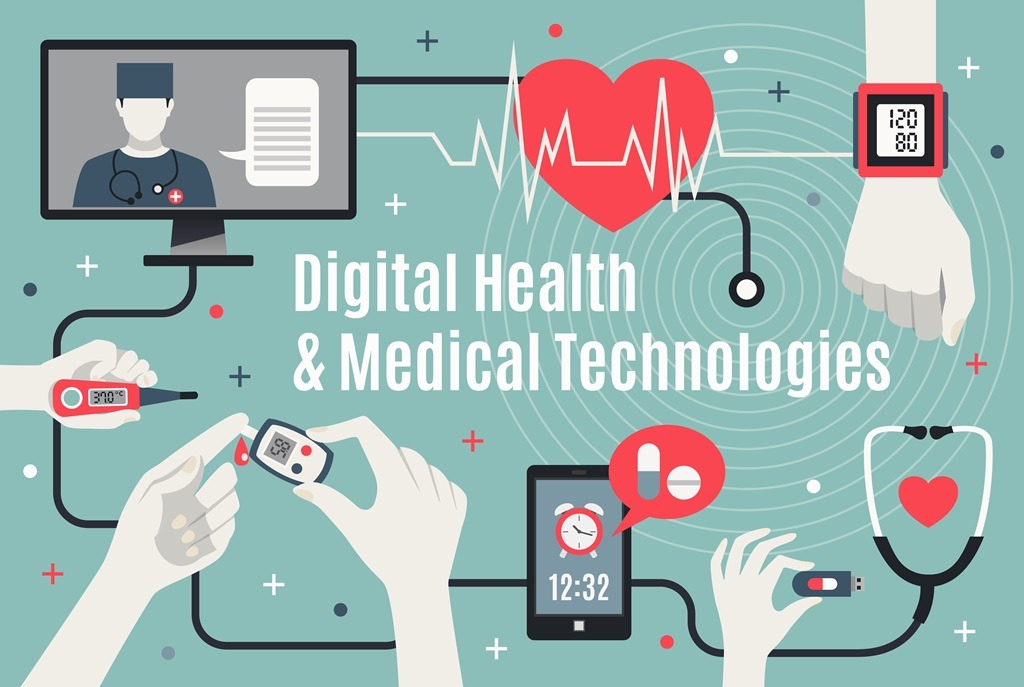Introduction to Digital Biomarkers and SaMD
Digital biomarkers are objective, quantifiable physiological or behavioral measures captured through digital devices, offering new insights into disease progression and treatment efficacy. In the context of Software as a Medical Device (SaMD), these biomarkers are analyzed using adaptive AI algorithms, enabling real-time data processing and interpretation. This integration is reshaping clinical trials for neurodegenerative diseases like Alzheimer’s, Parkinson’s, and multiple sclerosis by providing more precise, scalable, and patient-centric endpoints.
Traditional clinical trial endpoints often rely on subjective assessments or infrequent in-person evaluations, which can introduce bias and limit the ability to detect subtle changes in disease states. AI-driven digital biomarkers, however, leverage continuous data streams from wearables, mobile apps, and imaging technologies to capture nuanced indicators of neurological health. This shift is not only improving trial efficiency but also challenging regulators to adapt frameworks for validating these novel tools.
The Role of Adaptive AI in Biomarker Validation
Adaptive AI algorithms are designed to learn and evolve from data, making them ideal for analyzing complex, dynamic datasets in neurodegenerative research. These systems can identify patterns in patient behavior, cognitive function, or physiological metrics that might be missed by conventional methods. For example, AI can detect micro-movements in gait or speech irregularities that correlate with early-stage Alzheimer’s, serving as potential primary endpoints.
Key advantages of AI in this domain include:
- Real-time monitoring: Continuous data collection allows for immediate detection of biomarker changes, reducing reliance on periodic assessments.
- Personalized insights: Machine learning models can tailor biomarker analysis to individual patient profiles, enhancing trial relevance.
- Cost and time efficiency: Automating data analysis reduces manual workload and accelerates trial timelines.
However, the dynamic nature of AI systems also introduces challenges. Unlike static biomarkers, adaptive algorithms require rigorous validation to ensure consistency, reliability, and interpretability. This includes testing for algorithmic bias, data quality, and reproducibility across diverse patient populations.
Challenges in Validating AI-Driven Biomarkers
Validating digital biomarkers as primary endpoints in clinical trials demands addressing several technical and ethical hurdles. One major issue is the lack of standardized data formats and collection protocols. For instance, different wearable devices may measure gait speed or heart rate variability in varying ways, complicating cross-study comparisons.
Another challenge is ensuring the transparency of AI models. Regulatory bodies like the FDA and EMA require clear documentation of how algorithms derive conclusions from data. This includes:
- Explainability of AI decisions
- Traceability of data sources and preprocessing steps
- Robustness against adversarial attacks or data anomalies
Additionally, the integration of AI into SaMD must comply with evolving cybersecurity standards to protect sensitive patient information. Trials must also account for variability in patient engagement with digital tools, which can affect data completeness and reliability.
Evolving Regulatory Frameworks for AI in SaMD
Regulatory agencies are actively updating guidelines to accommodate AI-driven digital biomarkers. The FDA’s Framework for Digital Health Technology emphasizes the need for validation through clinical evidence, ensuring that AI outputs align with established medical outcomes. Similarly, the EMA has proposed a risk-based approach to evaluate SaMD, focusing on the algorithm’s impact on patient safety and trial integrity.
Recent developments include:
- Dynamic validation protocols: Regulators are exploring methods to assess AI models throughout their lifecycle, not just at initial approval.
- Collaborative standards: Initiatives like the Digital Biomarker Standards Consortium (DBSC) aim to unify data collection and analysis practices across industries.
- Adaptive trial designs: Regulatory flexibility is increasing to support trials that use AI to modify endpoints or patient stratification in real time.
Despite these efforts, gaps remain. For example, there is no universal consensus on how to define “clinical relevance” for AI-derived biomarkers. Regulators must also balance innovation with patient safety, ensuring that AI tools do not compromise trial validity or ethical standards.
Case Study: Alzheimer’s Disease Trials and AI Biomarkers
In Alzheimer’s research, AI-driven digital biomarkers have shown promise in tracking cognitive decline and treatment response. A 2023 trial by a leading pharmaceutical company used AI-powered speech analysis from mobile apps to detect early language impairment, a known indicator of the disease. The algorithm processed thousands of audio samples, identifying subtle changes in word choice and sentence structure that correlated with amyloid-beta levels in brain scans.
This approach reduced the need for costly and invasive imaging tests while maintaining high sensitivity. The trial’s success prompted the FDA to issue a guidance document on using AI for cognitive endpoints, highlighting the importance of correlating digital metrics with gold-standard clinical assessments.
Key Considerations for Trial Design
Incorporating AI-driven biomarkers into clinical trials requires careful planning. Researchers must address the following considerations:
- Data diversity: Collecting data from multiple sources (e.g., wearables, EHRs, patient-reported outcomes) ensures comprehensive analysis.
- Algorithmic fairness: Ensuring models perform equally across age, gender, and ethnic groups to avoid biased results.
- Interoperability: Using open-source platforms and standardized APIs to integrate AI tools with existing trial infrastructure.
Moreover, trials should include a “validation phase” where AI outputs are compared to traditional endpoints. This helps establish the biomarker’s reliability and ensures regulatory acceptance. For example, a Parkinson’s trial might cross-validate AI-measured motor symptoms with scores from the Unified Parkinson’s Disease Rating Scale (UPDRS).
Impact on Patient-Centric Trials
AI-driven digital biomarkers enable more patient-centric trial designs by reducing the burden of frequent in-person visits. Patients can contribute data remotely, improving recruitment and retention rates. This is particularly valuable for neurodegenerative diseases, where symptoms may progress slowly or be difficult to quantify during brief assessments.
Additionally, these biomarkers can capture real-world data (RWD) that reflects patients’ daily experiences. For instance, AI analyzing smartphone usage patterns might reveal changes in memory or attention that are not apparent in controlled environments. Such insights can lead to more accurate evaluations of treatment effectiveness in everyday settings.
Addressing Skepticism and Building Trust
Despite their potential, AI-driven biomarkers face skepticism from both clinicians and regulators. Concerns include over-reliance on technology, data privacy risks, and the difficulty of interpreting AI outputs. To build trust, developers must prioritize transparency and collaboration with stakeholders.
Strategies to address these concerns include:
- Third-party audits: Independent verification of AI models to ensure accuracy and compliance.
- Patient education: Clear communication about how data is used and




